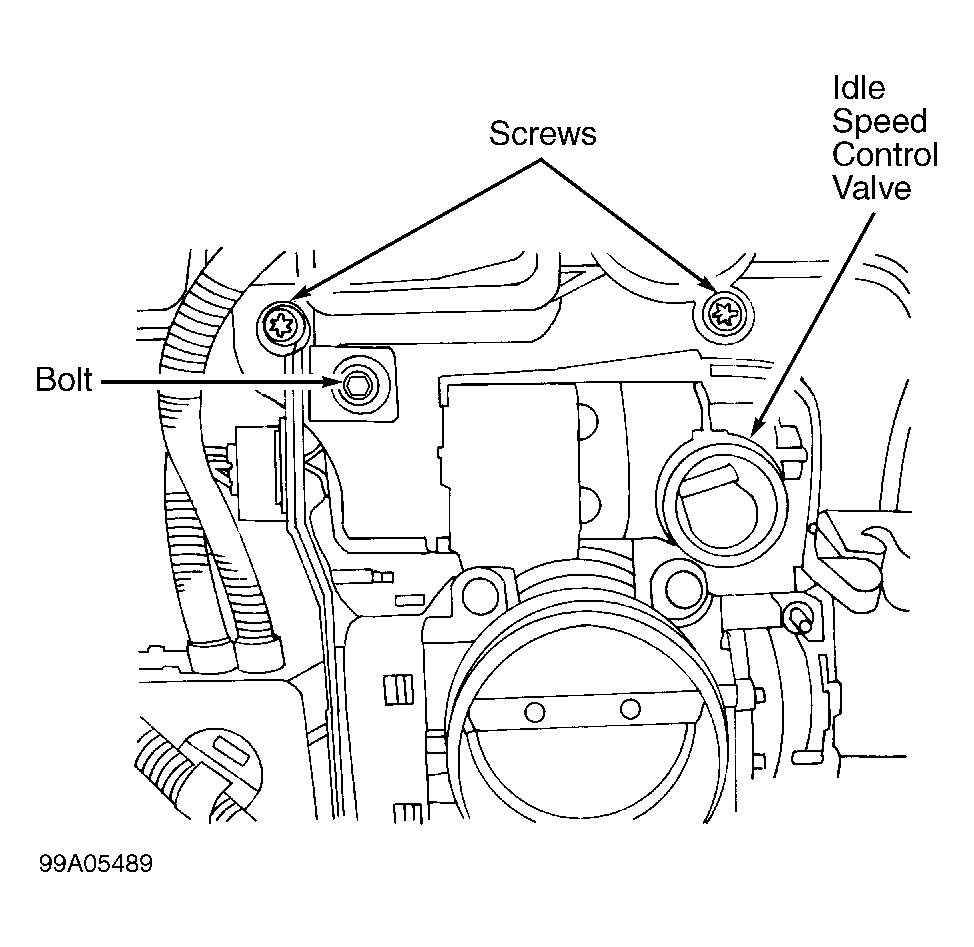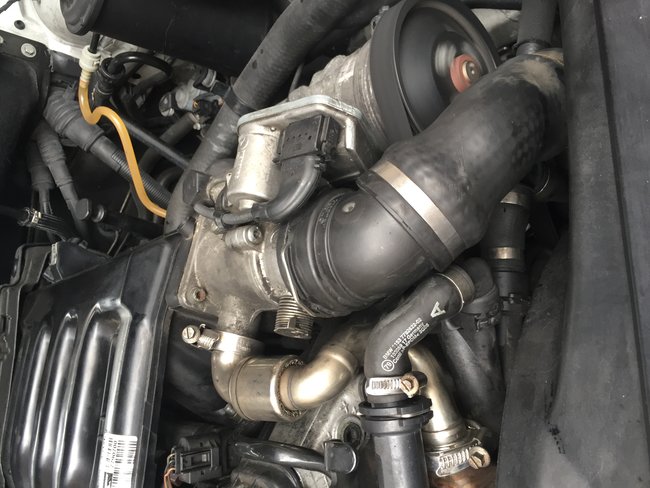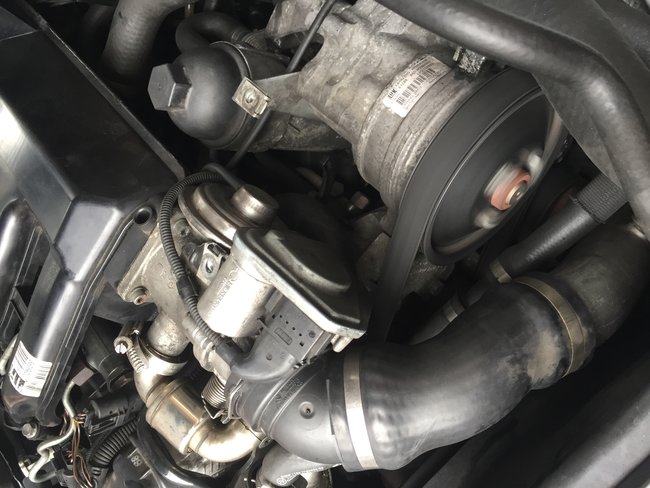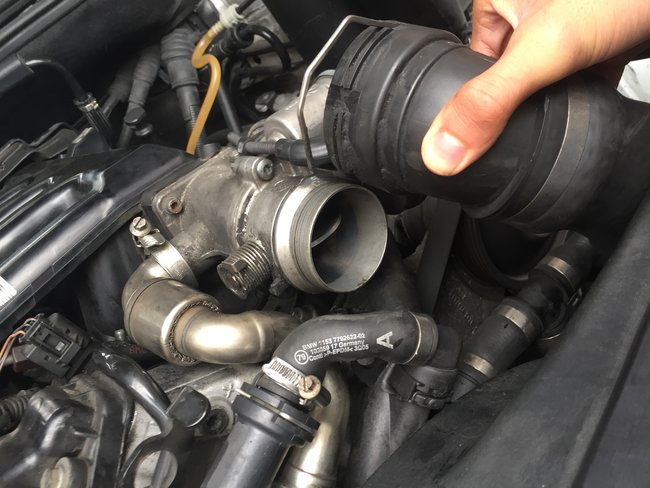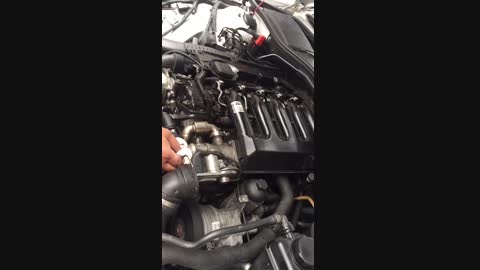Yes, it can these engine have an air oil separator which is incorporated in the valve cover and it has other parts that go with the system as well.
Crankcase Venting System:
The crankcase vapors (a result of combustion blow-by gasses) are led out of the crankcase and back into the combustion chamber via the intake manifold. The blow-by gasses contain droplets of oil which must be separated. The oil is returned to the sump while the blow-by gasses are led into the intake pipe for combustion.
The engine performance is affected by the introduction of crankcase vapors into the combustion process, particularly in idle speed ranges. This influence is monitored by lambda regulation.
The crankcase vapors are carried from the crankcase and into the cylinder head covers through labyrinth separators (one per cylinder head). The oil which accumulates on the walls of the labyrinth separators flows into the cylinder head via a siphon and from there back to the sump.
The remaining vapors are passed to the engine for combustion via the pressure control valve (5) in the intake manifold. One labyrinth separator with a pressure control valve is integrated in each of the two cylinder head covers.
The throttle valve is controlled so that there is always a 50 mbar vacuum in the intake manifold. The pressure control valve regulates the crankcase pressure to a low 0-30 mbar.
The intake needs to be removed it looks like.
Thursday, September 27th, 2018 AT 10:40 AM
